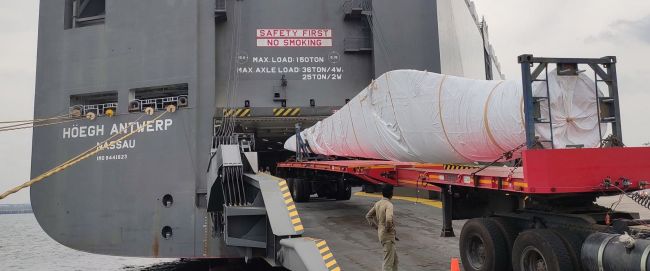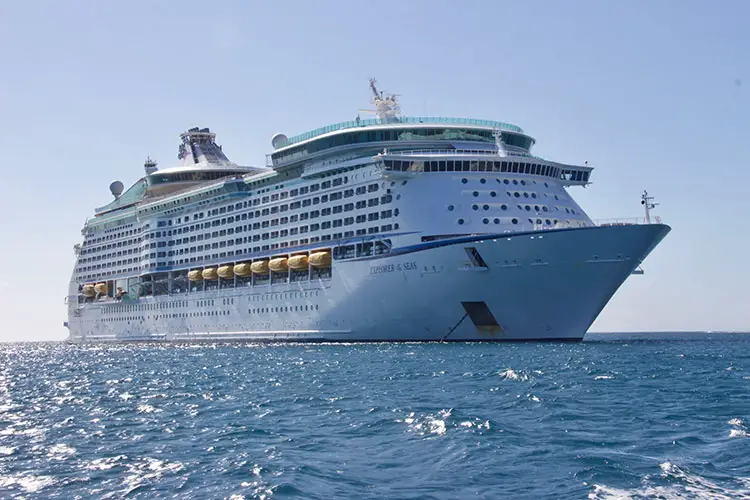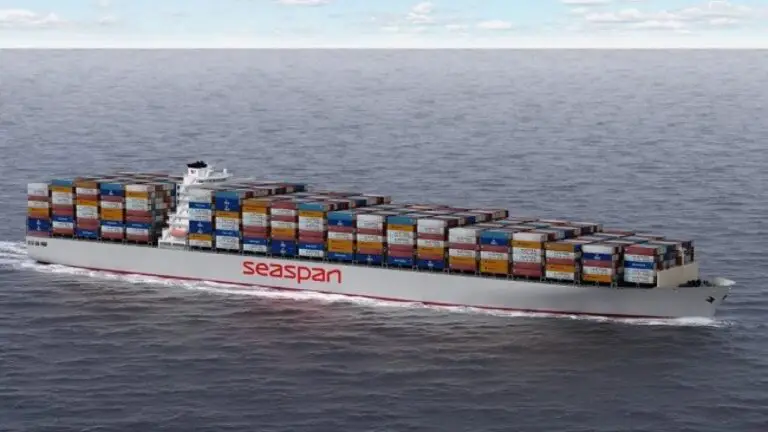ESL’s New Bulk Carrier Promises 50% Less CO2 Emission
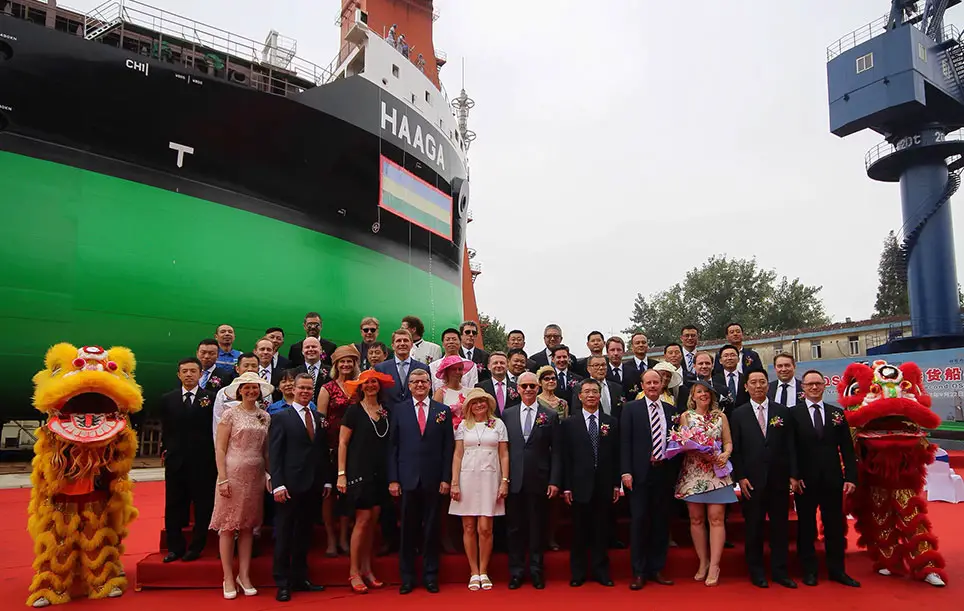
ESL’s New Bulk Carrier Promises 50% Less CO2 Emission
ESL Shipping’s LNG-powered and energy efficient dry cargo vessel Haaga was successfully launched at the Jinling Shipyard and moved to the outfitting quay.
While taking the delivery of ESL Shipping of the bulk carrier Haaga, the company announced that the ship will cut carbon dioxide (CO2) emissions by over 50 percent compared to earlier vessels.
Haaga Specifications
| DWT | 25600 |
|---|---|
| GT / NT | 18912 / 7631 |
| Length | 160.00 mtr |
| Beam | 26.00 mtr |
| Draught | 10.00 mtr |
| Main engine | Dual Fuel MAN B&W 5G45ME-C9.5-GI + PTO/PTI, total shaft line power 7 250 kW |
| Ice class | 1A |
Haaga and her sister vessel Viikki, launched last year, are the world’s first LNG-powered handy-size bulk carriers in the world. Finland’s Deltamarin has designed the ships. Sister vessel Viikki was launched at the end of August 2017 and the work is on at the outfitting quay.
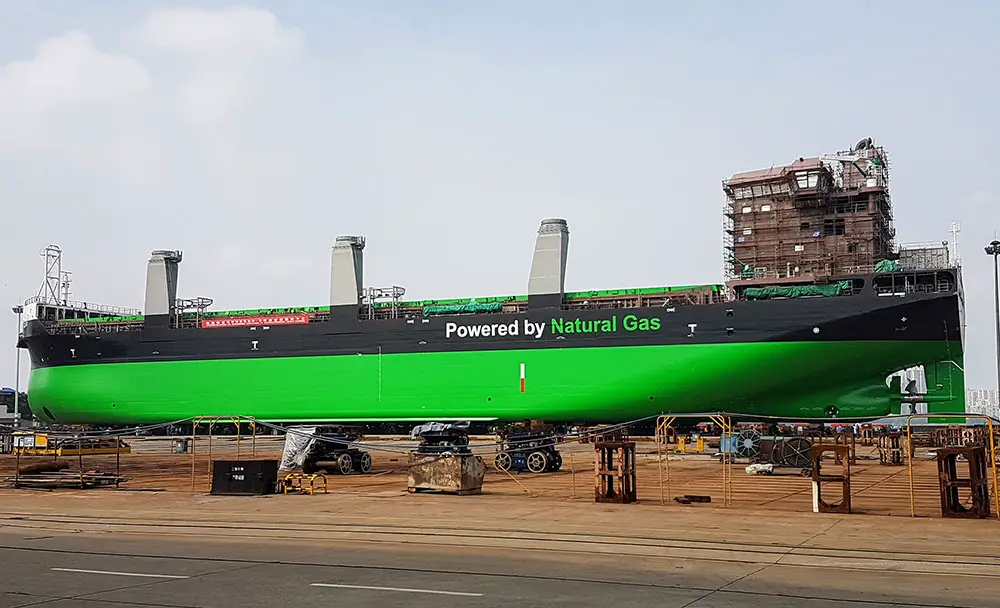
These ships are a part of the Bothnia Bulk project, co-funded partly by the EU which aims to modernize the sea route between Luleå, Oxelösund, and Raahe and make them more eco-friendly. The main objective of this ambitious project is to develop an energy-efficient, low-emission supply of dry bulk cargo available throughout the year in the peripheral region. The project will also improve the efficiency and reduce logistics costs.
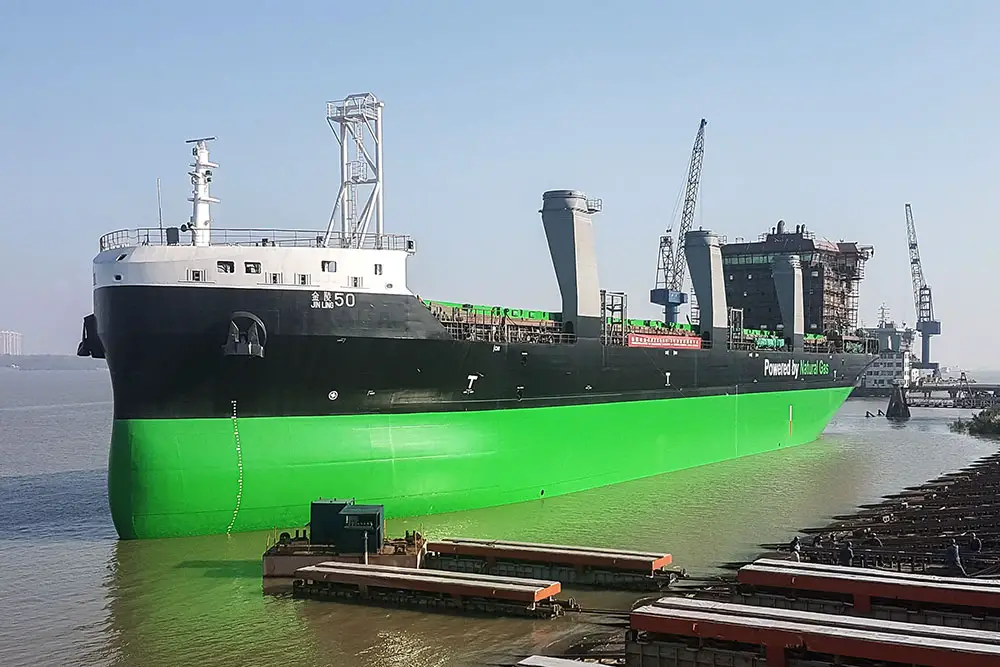
Thermal insulation & Heat recovery
Vessels have improved thermal insulation and are equipped with energy saving solution for air handling unit. Heat recovery wheel reduces cooling energy consumption with 30%
and heating energy consumption with 45% compared to a traditional system.
Hatch coaming heating
Heating of cargo hatch coamings enables smooth operations in cold climates.
DNV GL Clean Design notation
The notation requires special features such as 5 ppm bilge water separator, biofouling management, ODP = 0 (Ozone depletion potential), GWP max 1300 (Global warming potential)
DNV-GL NAUT(AW) notation
Notation requirements increase maritime safety and reduce the risk of collision, grounding and heavy weather damage through enhancement of the reliability of the bridge system
Energy management system
The system enables the crew to optimize energy consumption.
All LNG-powered
All engines and boiler burner operates on LNG. Vacuum insulated IMO type C tank with low boil off generation rate.
EEDI
Energy Efficiency Design Index (EEDI) of the vessels is approximately 50% below the current requirement and already fulfilling the 2025 requirements.
High-efficiency propeller and rudder
Optimal hydrodynamic design with rudder bulb to optimize the water flow.
Exhaust gas heat recovery
Efficient exhaust gas heat recovery for all combustion engines.
Electrical motors
In general, electrical motors of 7.5 kW and above has an energy efficiency class of IE3.
Shore power
The vessel can perform operations in port on shore-electricity, reducing emissions in port up to 100%.
Cargo wash
water recovery system Vessel is able to re-use the washing water and discharge used washing water to port facilities
Ballast water treatment systems
Capacity 2 x 1000 m3, UV-type, United States Coast Guard approved ballast treatment units.
VFD equipment
Engine room fans, BW, SW, and LNG-pumps are equipped with variable frequency drive (VFD) to reduce the power consumption.
Hull coating
Hull is painted with low friction ice-resistant paint. No harmful antifouling paint is used. Frequent hull cleaning will be performed to reduce the drag of the hull
Hydrodynamic hull form
Extensive CFD-calculations and model testing was performed to optimize hull form. The bow and stern thruster tunnel openings are provided with scallops and streamline grids. Special attention for monitoring of hull surface roughness was done during the building stage.
Stator fins
The vessel is equipped with four stator fins in order to optimize the flow to the propeller and to increase propeller efficiency.
Emission reduction
Reduction of direct exhaust emissions with LNG compared to 0.1 % fuel oil:
- 57 % for CO2 emissions
- 92 % for SOx emissions
- 25 % for NOx emissions
- 98 % for PM emissions
Permanent magnet PTI/PTO shaft generator with VFD drive
Shaft generator enables flexible and efficient operation of propulsion and power generation at sea as well as extra power for ice conditions through power take in/power take out shaft generator.


